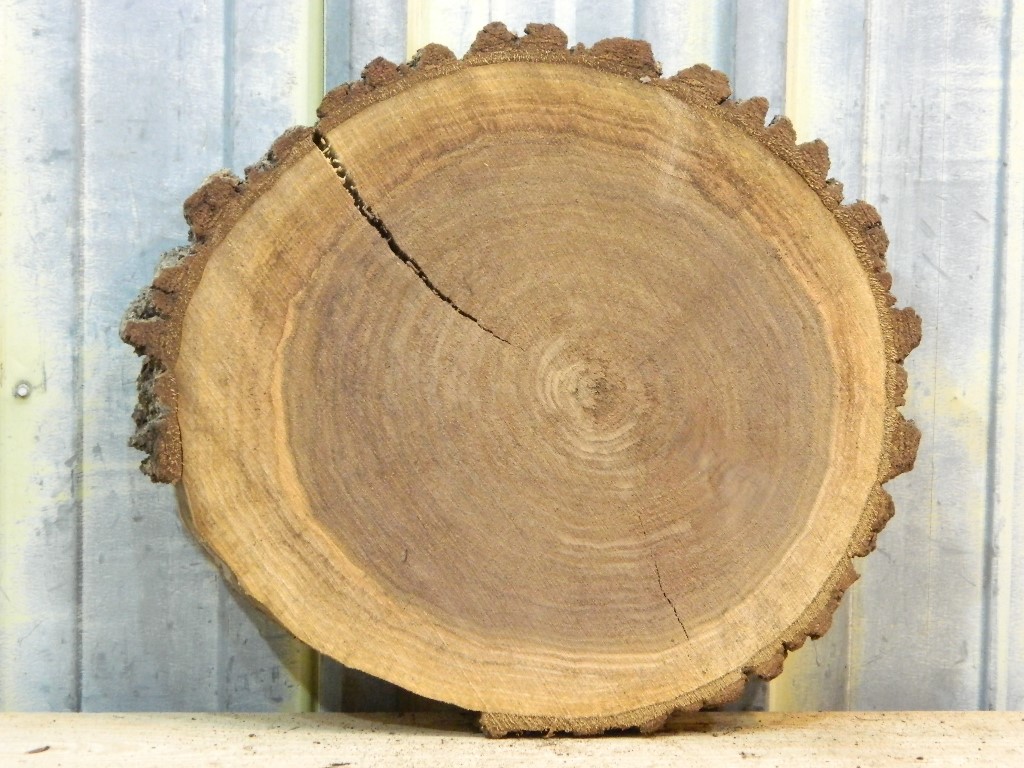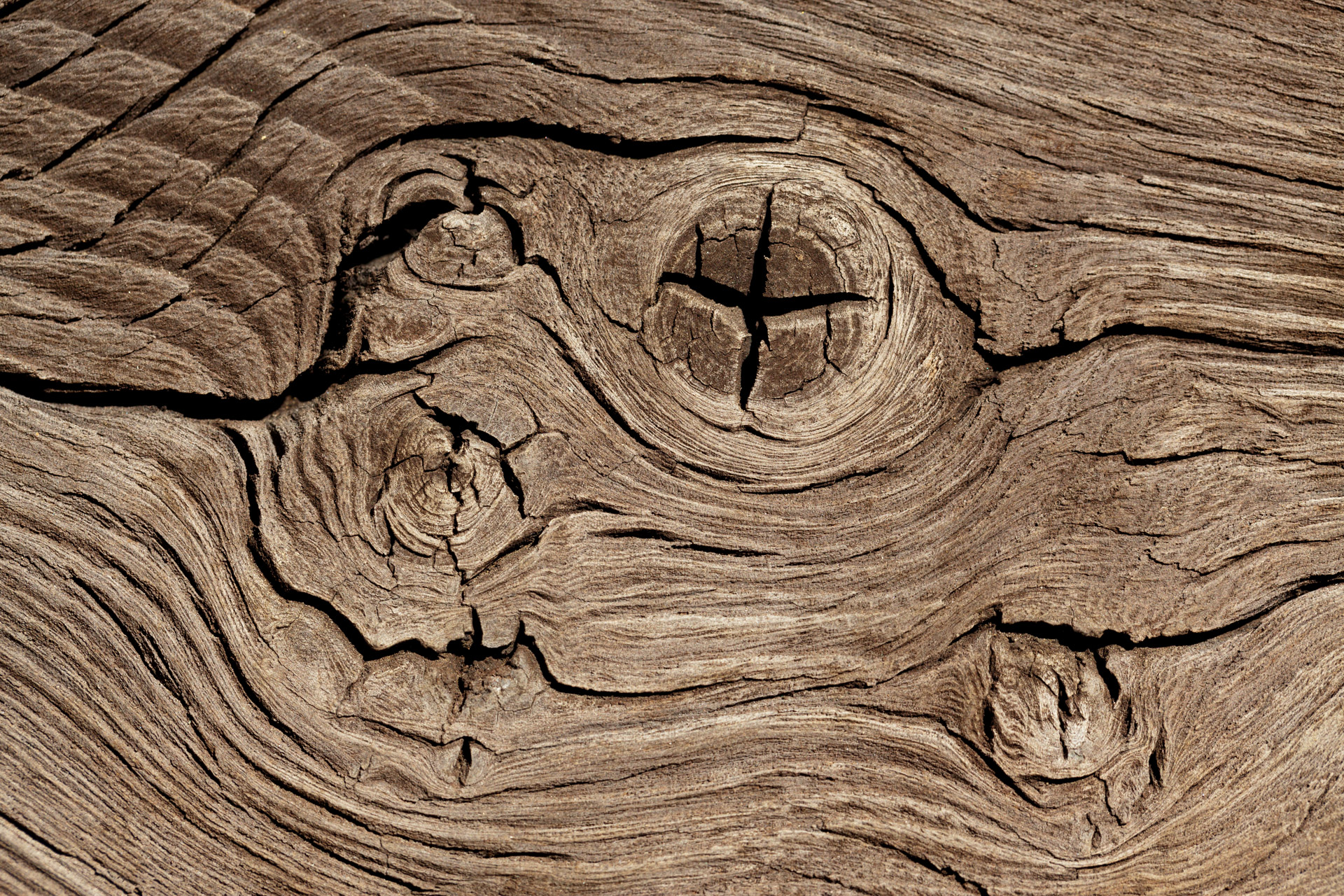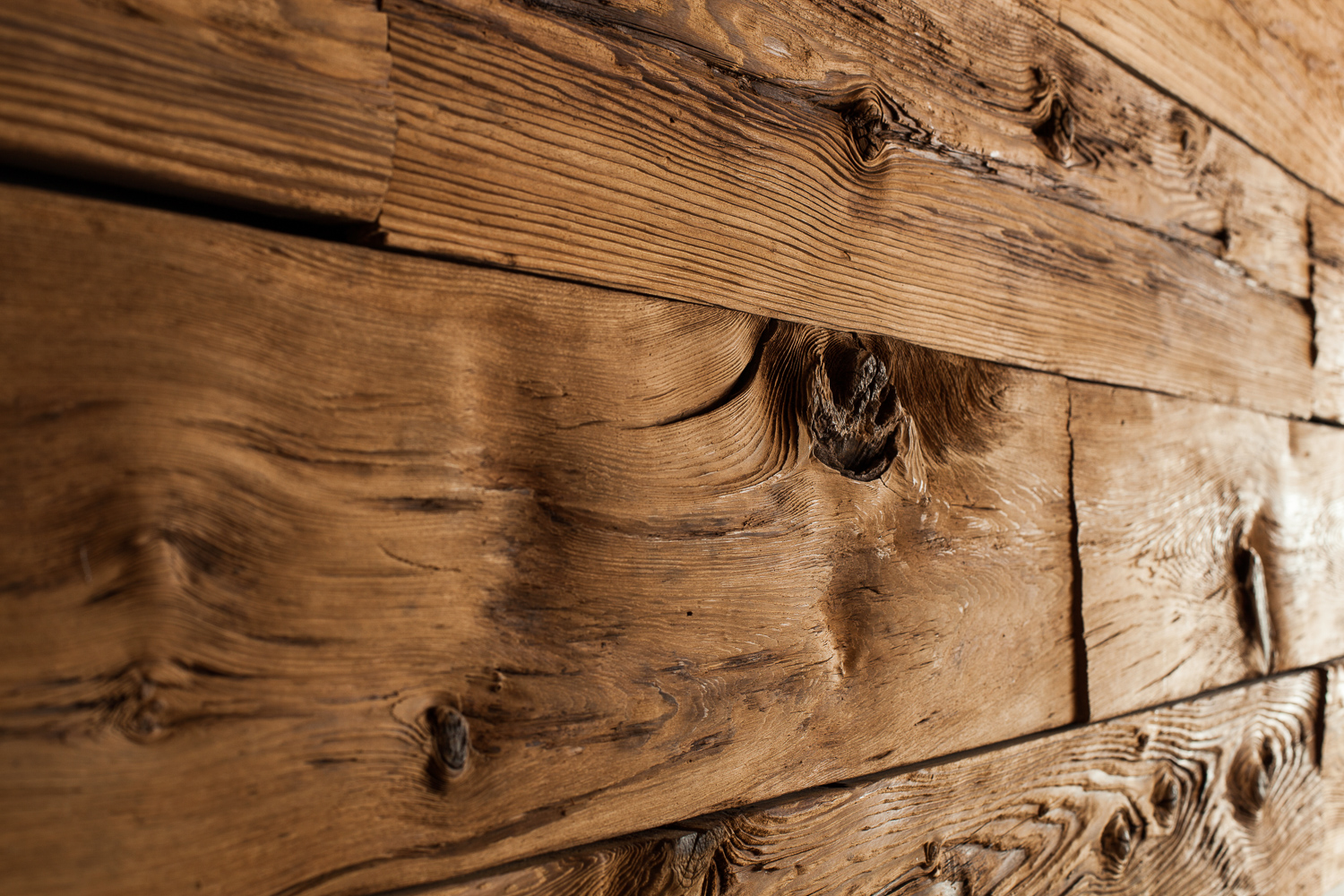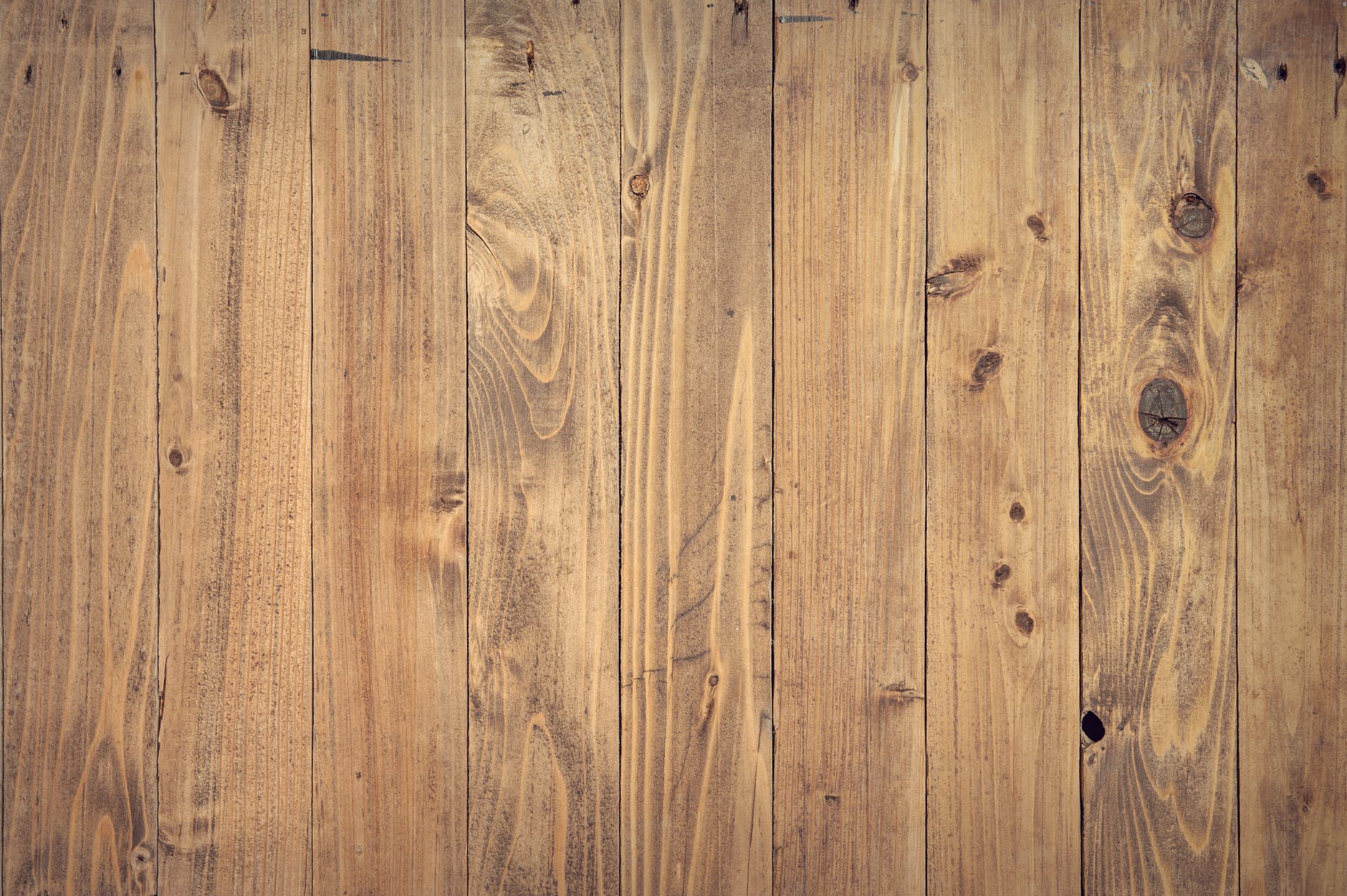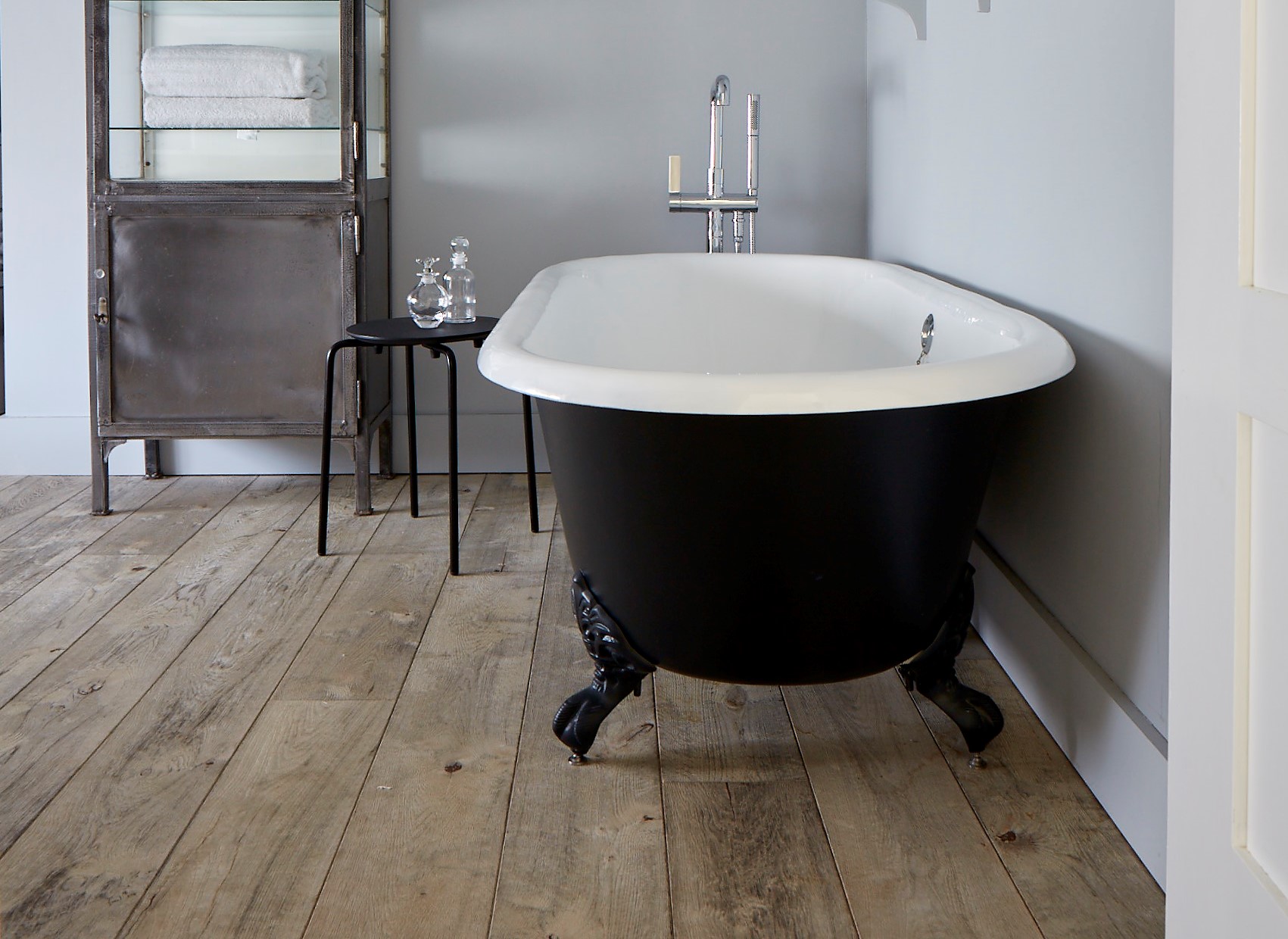
Like all organic materials, timber has some natural characteristics. And because it responds to its environmental forces and changes over time, these natural characters and quirks are what adds to the “personality” of the wood.
As such, each board is unique in its characteristics and will vary from species to species, grade to grade and even piece to piece.
Sapwood
Often seen as very light streaks within the wood, sapwood is the living part of the tree through which water and sap flow.
It tends to be lighter in colour than the heartwood, and certain fuming, smoking and colouring processes emphasize it since it doesn’t react to these treatments to the same degree.
By definition, sapwood contains more moisture, however, this is no cause for concern because timber has been carefully dried and its stability is ensured when supplied in an engineered form.
Sapwood is more permeable resulting in high moisture content, less durable and usually lighter and creamier in colour — but as the tree ages and its trunk increases in diameter, sapwood turns to heartwood, and the characteristics begin to change accordingly.
The relative amounts of sapwood in flooring can vary greatly among species, and this may affect the way it accepts stain and finish and, therefore, the finished appearance of the floor.
Generally, sapwood is less conspicuous in quarter-sawn and rift-sawn flooring compared to plain-sawn flooring and will tend to have a straighter grain and more uniform appearance.
Staining the boards can lessen the appearance sapwood, but it doesn’t entirely hide these natural characteristics. The stain helps to blend the natural characteristics but doesn’t eliminate it. Fuming has the opposite effect on heartwood and sapwood. Fumed floors are designed to make very distinctive sapwood even more prominent, especially over time.
Knots
Knots are unique circular or oval-shaped markings caused due to natural forces.
They can vary widely in size and occur from two circumstances: firstly, when a new branch grows from the trunk or from a dormant bud, the conjunction forms a huge, dark spot called a “live knot” — secondly, they form due to a tree scar. These scars then manifest as “dead knots” on wood panels.
Knots are usually with a darker coloured centre, outlined with resin and standing out from the grain. They give wood special character and make timber boards look more authentic as no two knots look the same.
The visibility of the size and frequency of knots is largely affected by the grade of flooring you choose. Knots can be treated with chemicals to ensure that they don’t bleed when stains or sealants are applied.
Medullary Rays
Medullary rays (also referred to as pith rays, oak figure or tiger stripes) are thin horizontal rays that extend radially from the core of the tree toward the bark.
They can appear very shiny and vary in height; from a few cells in some species to four or more inches in oak.
The presence of medullary rays is a clear indication that the flooring has been crafted from quality quarter sawn oak.
Exposed rays will often gleam under direct sunlight, and add visual appeal and character to the wood surface.
Shakes
Shakes are naturally-occurring marks in the wood, usually between or through the rings of annual growth.
These may take place as a result of external stress factors like frost, high winds and temperature extremes, or due to rapid or uneven drying, and trees being felled past maturity.
Simply put, cracks or splits in timber are called shakes.
These cracks are usually filled but in some cases may be partly-filled to maintain the floor’s feature.
Due to the immense strength of oak, they are not a cause for concern in premium quality boards and are considered part of the floor’s charm. Like most wood flaws, the frequency and size of the shakes on floorboards is again affected by the grade you choose.
Checks
Checks are the formation of cracks in the wood normally caused by tension stresses that develop in the outer part, or shell, of boards due to poor or improper drying processes.
Surface checks originate roughly twice as much along with the growth rings. They often develop early in drying because the lumber surfaces dry too quickly as a result of low relative humidity.
Checking usually does not extend from one end to the other side of a beam, and rarely a structural concern.
Oak, however, can have surface checks everywhere, which many people feel adds so much of character — and a big part of what makes wood unique and different from any other material in the world.
Conclusion
Every knot, medullary ray and crack is a testament to a tree’s life and the years it lived through. This is what makes real wood more interesting and special than other construction materials. All of these characteristics come together to create authentic, beautiful patterns that enhance the visual appeal of the wood floor.



